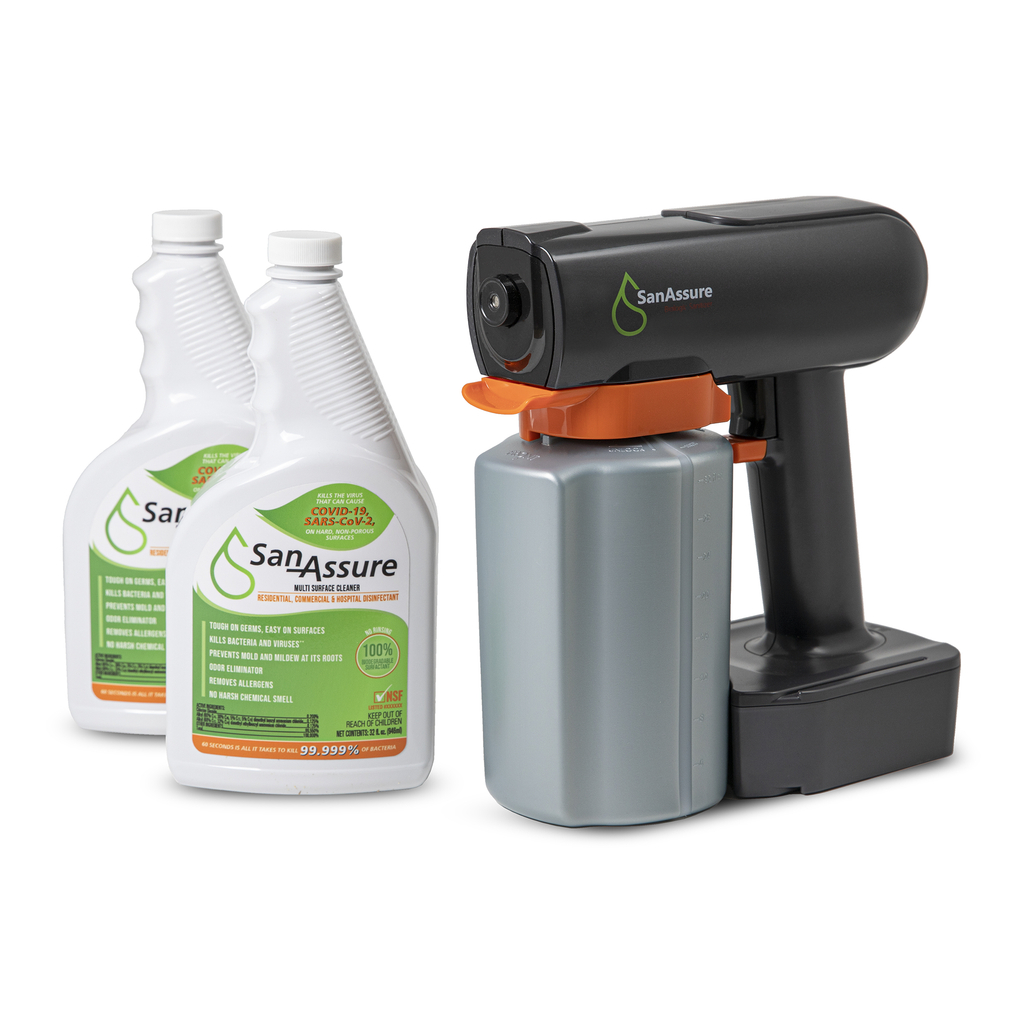Mold is a common issue in many indoor environments, and while it may seem like a mere nuisance, its presence can lead to various health issues if left unchecked. In this blog post, we'll delve into the potential health effects of mold exposure and provide practical tips for controlling and preventing mold growth in your home or school.
Health Effects of Mold Exposure:
Exposure to mold can result in a range of health problems, including allergic reactions, asthma, and other respiratory complaints. For individuals with existing respiratory conditions, such as asthma, mold exposure can exacerbate symptoms and lead to more frequent attacks. Even in otherwise healthy individuals, mold exposure can cause allergic reactions, such as sneezing, coughing, and itchy eyes.
Controlling Indoor Mold Growth:
While it's virtually impossible to eliminate all mold and mold spores from indoor environments, controlling moisture is key to preventing mold growth. Here are some practical steps you can take to control indoor mold growth:
1. Identify and Fix Water Problems:
If you notice any signs of water damage, such as leaks or water stains, address them promptly to prevent mold growth. Fixing the source of the water problem is crucial to preventing mold from recurring.
2. Reduce Indoor Humidity:
Maintaining indoor humidity levels between 30-60% helps to inhibit mold growth. You can achieve this by venting moisture-generating sources, such as bathrooms and dryers, to the outside. Additionally, using air conditioners, dehumidifiers, and increasing ventilation can help reduce indoor humidity levels.
3. Promptly Clean and Dry Wet Materials:
Any damp or wet building materials and furnishings should be cleaned and dried within 24-48 hours to prevent mold growth. Use water and detergent to clean mold off hard surfaces, ensuring they are thoroughly dried afterward. Absorbent materials like ceiling tiles may need to be replaced if they become moldy.
4. Prevent Condensation:
Condensation on cold surfaces provides an ideal environment for mold growth. To prevent condensation, consider adding insulation to cold surfaces such as windows, piping, exterior walls, and roofs. In areas prone to perpetual moisture problems, avoid installing carpeting, as it can trap moisture and promote mold growth.
Mold is a pervasive issue that can affect indoor environments, leading to health problems and property damage if left unaddressed. By understanding the potential health effects of mold exposure and implementing proactive measures to control moisture and prevent mold growth, you can create a healthier indoor environment for yourself and your family. Remember to promptly address any signs of water damage and maintain proper ventilation to keep mold at bay.
